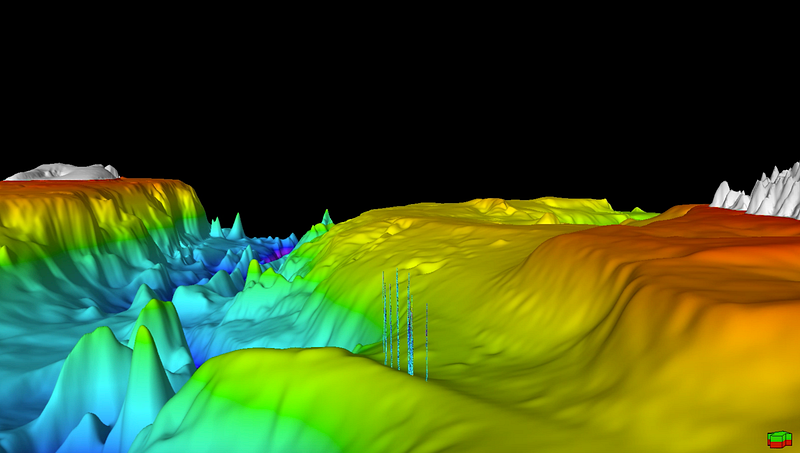New Insights into Oceanic Greenhouse Gas Emissions
Written on
Chapter 1: Methane Emissions from the Ocean
Recent research has shed light on the mechanisms behind greenhouse gases escaping from the ocean, particularly focusing on methane emissions. A team of scientists from Norway has made significant discoveries about how methane, a powerful greenhouse gas, is released from the seabed off the coast of Svalbard in the Arctic Ocean.

While methane is often associated with decomposing organic material and livestock emissions, it is crucial to note that these are not the sole contributors to its presence in the atmosphere. The study conducted by researchers from the Centre for Arctic Gas Hydrate, Environment and Climate (CAGE) highlights the ocean floor as a significant source of methane, previously overlooked in terms of its release mechanisms.
Section 1.1: The Research Methodology
Understanding how methane escapes from the ocean floor is challenging, primarily due to the logistical difficulties and costs associated with deep-sea research. To tackle this issue, the CAGE team employed a piezometer—a device designed to monitor variations in gas and liquid pressure. This device was strategically placed in the sediment at the ocean's bottom, where it continuously recorded pressure changes over a four-day period.
Subsection 1.1.1: Visual Data Representation
The visualization produced by co-author Andreia Plaza Faverola, PhD, illustrates the data collected from the piezometer. The thin blue jets in the image clearly indicate the methane seeping from the ocean floor.
Section 1.2: Tidal Influence on Methane Release
The findings suggest that the amount of methane released is influenced by tidal movements. The researchers observed that methane emissions decrease during high tide, likely due to the increased pressure that inhibits the gas from rising. Conversely, at low tide, the reduced pressure allows for greater methane escape.
Chapter 2: Implications for Climate Science
This research provides critical insights into how methane emissions from the ocean floor may be more significant than previously estimated. The authors emphasize that these observations could indicate an underestimation of current gas emissions in the Arctic, which poses substantial implications for our understanding of climate change.
The first video, "I Misunderstood the Greenhouse Effect. Here's How It Works," delves into the complexities of greenhouse gases and their impact on our planet.
The second video, "David Siegel: A framework for understanding climate | Tom Nelson Pod #239," offers a framework for comprehending the broader implications of climate change and greenhouse gas emissions.
In conclusion, the study prompts further exploration into how rising sea levels might exert pressure similar to that of high tides, potentially mitigating the release of methane and its associated consequences.